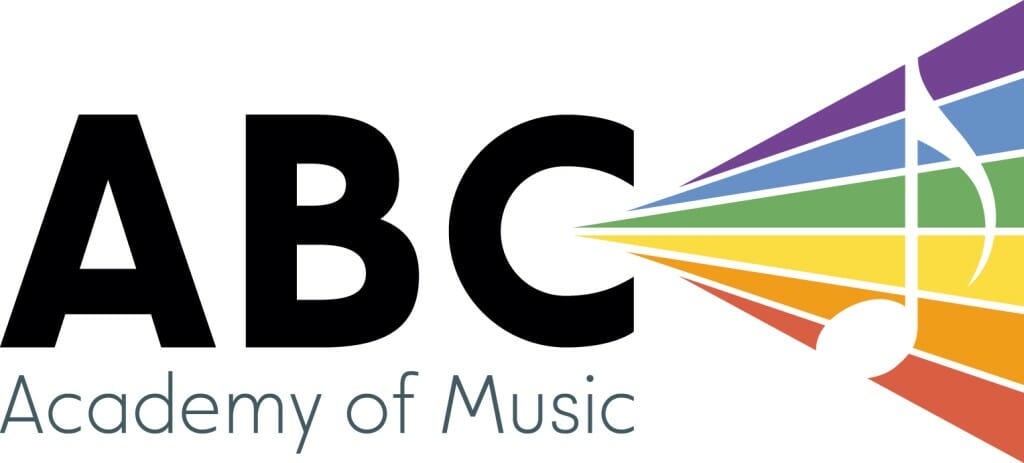Hi everyone,
Here is the homework for this week.
Jonathan:
- When practicing your chromatic scale, or any other scale, remember not to breathe after every note! Try making it at least 3-4 notes without breathing. Additionally, when tonguing your notes, make sure they aren’t disconnected/that you don’t leave space in between them.
- Practice the rhythmic exercise we discussed with the metronome at 60. Play an open G, and start with half notes first. Then quarter notes, then eighth notes. The goal is to make each note “even” and to become more comfortable playing steady half/quarter/eighth notes in time.
- Keep practicing C, G and F major scales. Try to get familiar with all the notes in the scale, and to be able to play them without the fingering chart.
- Continue working on Moon River. Remember to hold the notes out for their full values, unless you’re taking a breath. Take it bar by bar, and try not to rush!
Aubrey:
- When working on your chromatic scale, don’t practice the full thing up and down. Instead, take small three or four note sections and work on them slowly, making sure your technique is good (fingers close to the keys, clean transitions between notes). When you’ve gone through several of these, then try practicing the scale as a whole. This should be your warm up.
- Keep practicing C, G, and F major scales and arpeggios. If you feel you are able to play those three scales without mistakes, try Bb major as well.
- When working on Sea Shanty, make sure to isolate the two leaps (from D to A and C to G) and get them clean. Remember, when you are “rolling” your finger up to the A key, it must be a smooth transition – if you leave your finger on the previous key, or dont hit the A key all the way, the note won’t sound as good.
- Focus on the bars around the break for the March. Slow down and loop any parts of the piece that are giving you trouble.
Susan:
- Spend some time working on increasing your range on the clarinet this week! Here is a fingering chart that goes up to high F: https://s-media-cache-ak0.pinimg.com/originals/fd/b8/93/fdb893a3234037fca8c95e06a655662d.gif
- Keep working through your eight major scales, and perhaps add Ab major to the mix. Remember; practice the scales that are the most difficult, and spend the most time on them. Scales like C, F, G, D, can be put on the back-burner while you work through the more challenging ones.
- Watch out for finger placement. If you notice you are squeaking a lot, this is probably the cause. Practice in front of a mirror so you can see what’s happening.
- In Zombie Tango, make sure to hold out your notes for their full value!
- Practice the larger leaps in Allegretto. Make sure your pinkies stay close to the side keys!!
- Good luck with the concert! :)
Thomas:
- https://www.youtube.com/watch?v=WVSbs-ZMcKo Here is a video that explains how to hold the sax correctly!
- https://s-media-cache-ak0.pinimg.com/originals/e4/49/53/e449535e07962db5a2ab915f30696cfb.jpg Here is a link to a saxophone fingering chart
- Thomas should be working on the four fingerings we learned in our lesson: C#, C, B, and Bb. If you are able to download the app “Pro Metronome” that would be great! The metronome should be on 70, and he should try holding out all four of those notes for four beats each.
